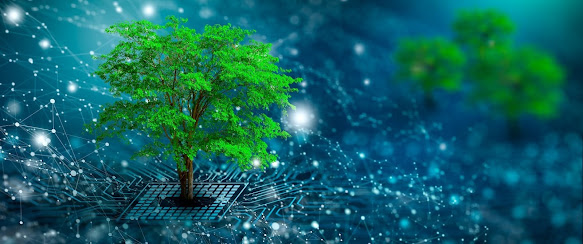AI-Driven Reforestation!
Reformulating Conservation: AI, Sensors, and Reforestation.
In an era where environmental conservation is not just a necessity but a critical imperative, the advent of Tech-Driven Tree Plantation offers a glimmer of hope.
Can artificial intelligence (AI) and Drones become the game-changers in the field of afforestation?
The year 2024 marks a significant turning point in how technology, particularly AI and drones, is revolutionizing the approach to tree plantation.
This journey into tech-driven tree plantation highlights technological innovation and sets a standard for future environmental restoration efforts.
AI in Afforestation
Artificial Intelligence has carved its niche in various sectors, and afforestation is no exception. AI-powered satellite image analysis is revolutionizing deforestation monitoring. Advanced algorithms can analyze vast amounts of satellite imagery to identify and map areas of deforestation in near real time.
This real-time data is crucial for informing conservation efforts and enabling timely interventions to prevent deforestation.
AI is also being used to develop predictive models of deforestation. These models can identify areas at high risk of deforestation based on factors such as land use patterns, population density, and infrastructure development.
Through sophisticated algorithms, AI systems can analyze vast amounts of environmental data, including soil type, climate conditions, and land topography.
This analysis helps in determining the most suitable species of trees for specific areas, optimizing water use, and predicting the growth patterns of planted saplings.
The Role of Drones in Tree Plantation
Drones, or unmanned aerial vehicles (UAVs), have become indispensable tools in modern afforestation efforts.
1. High-Efficiency Planting
Drones are capable of planting thousands of seeds per day, significantly outpacing the speed of manual planting efforts.
2. Access to Inaccessible Areas
One of the most significant advantages of using drones is their ability to reach remote or difficult-to-access areas.
3. Reduced Labor and Costs
The use of drones in tree plantations can lead to substantial reductions in labor requirements and associated costs.
4. Precision in Planting
Drones are not just about spreading seeds randomly; they are equipped with advanced technologies such as GPS and mapping software.
5. Environmental Monitoring and Data Collection
Beyond planting, drones play a crucial role in monitoring the environment and the progress of reforestation projects.
They can be equipped with cameras and sensors to collect data on soil quality, moisture levels, and plant health.
This information is invaluable for adjusting planting strategies, ensuring the well-being of newly planted trees, and assessing the overall success of reforestation initiatives.
Conclusion
The year 2024 has been a pivotal one for afforestation, showcasing the remarkable capabilities of AI and drones in revolutionizing tree-planting efforts.




Comments
Post a Comment